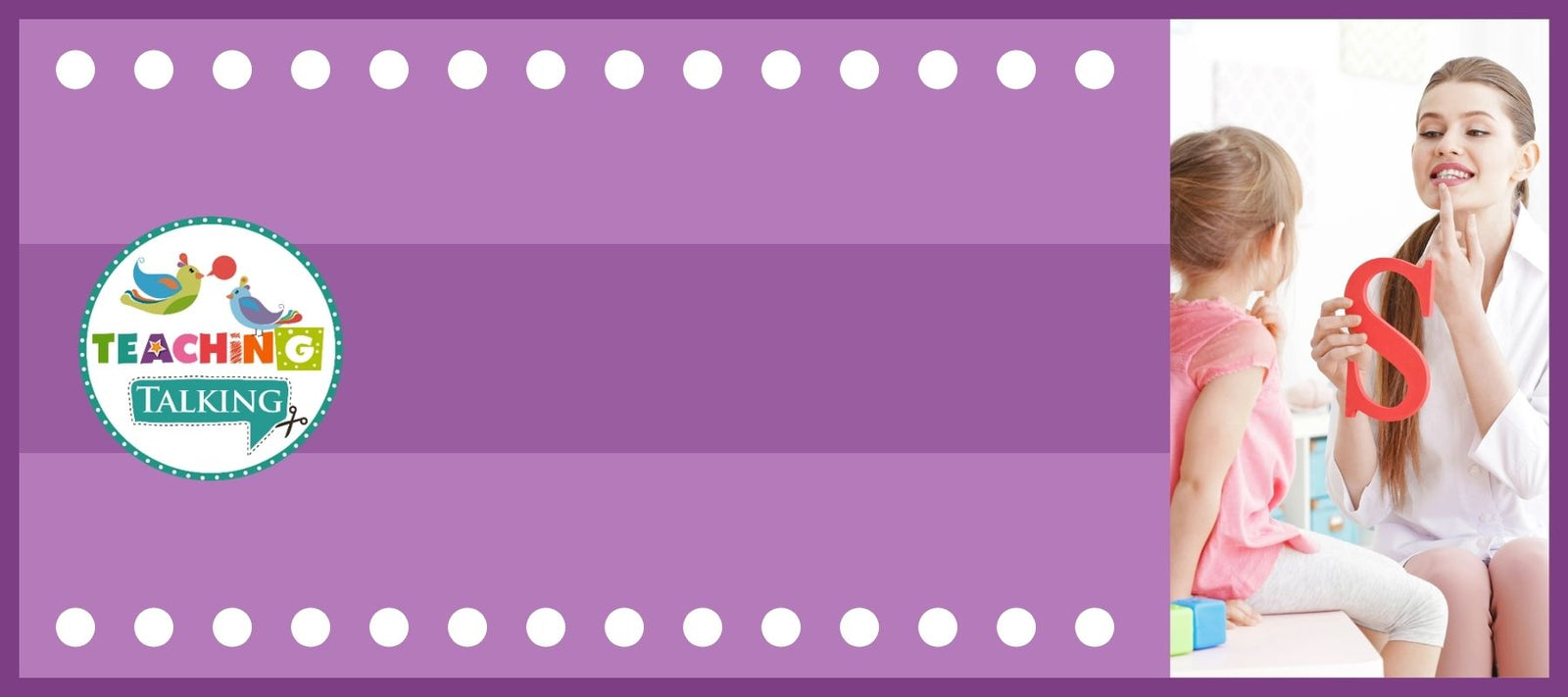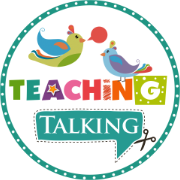
Childhood Apraxia of Speech
April 14, 2015 4 min read
What Do I Need to Know About Childhood Apraxia of Speech?
Childhood Apraxia of Speech (CAS) is also known by alternative terms such as oral apraxia and verbal apraxia. In some cases, it is also referred to as dyspraxia of speech. In all cases, these terms refer to a situation where the brain does not trigger the correct movements in the mouth or tongue to make the words and sounds a child is trying to express.

This condition has nothing to do with intelligence or understanding. While apraxia symptoms may co-exist with difficulty in learning, apraxia in itself is not to be confused with an inability to understand or learn.
One analogy that can be helpful in understanding apraxia is to consider the brain as it sends signals to the rest of the body as if the signals run along a linked chain. When you wish to move your lips and tongue to speak, the signal runs along the chain to the mouth and the lips and tongue move. With verbal apraxia, it is as if one of the links is damaged or broken. When the signal tries to pass a section of the broken link, the signal is prevented from reaching the mouth.
However, a link on a chain is rounded, meaning the brain can simply send the signal along the unbroken side of the link. This problem can be resolved by teaching the brain to find the right path to the muscles of the mouth needed to make the appropriate sounds.
Childhood Apraxia of Speech Symptoms
Apraxia symptoms range from child to child and often are quite easily overlooked.
Infants may not coo, gurgle, or make typical baby babble sounds. Toddlers and preschoolers often substitute a difficult sound with an easier one or drop it altogether. This is actually common among children of that age, but those with verbal apraxia will do this more frequently and often with more words.
Young children with childhood apraxia of speech use a limited amount of vowel or consonant sounds when they speak. They may also have difficulty with prosody (the somewhat musical “up and down” variation in our speech that prevents it from sounding flat”.
Older children are more likely to show clear signs of struggling to say a word. They can understand much more than they are able to articulate to others, which is often frustrating for the child with verbal apraxia. Sounds are incorrect or misplaced randomly. Sounds and words can be produced inconsistently.

Childhood apraxia of speech can only be properly diagnosed and assessed by a licensed speech and language pathologist. The diagnosis often comes after a large amount of testing the range and rhythm of the child’s speaking, as well as determining the quality of sounds the child can make. Oral apraxia assessments also include determining the child’s oral-motor skills. Quite often, the process of discovering verbal apraxia is only possible as a result of ruling out other disorders and speech and language delays.
Any parent with concerns about their child’s speaking abilities or language development should seek a referral to a children’s speech pathologist from their family doctor. Early diagnosis means early treatment, which is critical for overcoming childhood apraxia of speech.
Should My Child Be Receiving Apraxia Therapy
For those with childhood apraxia of speech, the brain does not properly give instructions to the mouth in order to produce sounds and words. This is not a case of muscle inability, but more a lack of coordination in motor planning.

Training the brain to behave differently is not an overnight task. Apraxia therapy requires time, consistency, and frequency. Frequent sessions are common in early treatment, but as the child shows progress, it can be reduced. Once the child has more comfort and confidence in their ability to make the necessary sounds to speak, they might be moved to a group setting.
Apraxia therapy is most successful when the child has a complete support system. Parents, caregivers, teachers, and even grandparents can be involved in learning speech activities to support the therapy. Consistent immersion in practicing sounds and speech both in and out of the speech pathologist’s office, coupled with praise and encouragement will help overcome childhood apraxia of speech.
The therapy itself involves a number of different activities to help the child practice sounds and become fluent in speech. Simple visual and auditory tools are put to use, such as having the child practice words while looking into a mirror. This reinforces the brain’s understanding of how the mouth forms shapes when making sounds.

Treating apraxia through therapy also includes the use of pictures and other visuals as well as using other senses such as touching to reinforce the therapy. It can be tricky and often difficult developing a good therapy treatment that will engage the child, especially when dealing with toddlers and preschoolers. These Interactive Apraxia Activity packets are a creative and engaging way to elicit multiple repetitions of targets in speech and language therapy.
The first few sessions of therapy are often about the therapist and child getting to know each other, and the speech pathologist must take steps to discover what will stimulate and excite the youngster. The therapist usually takes direction from the child’s interests and attentiveness to create speech activities that the child will enjoy and engage in.
Keeping the apraxia therapy fun and interesting, with games and other activities makes for a better learning environment for the child. This also makes it easier for parents and members of the support network to implement at home, school or daycare. For ideas to keep therapy fun and interesting, here are some of the best board games.

You may also want to visit the Apraxia Kids Website for up-to-date research on Apraxia and to find a specialist therapist in your area.
While it is a time-consuming task, once your child’s sound formation becomes automatic, they will be better able to communicate and much more confident. Childhood apraxia of speech can be overcome, with effort and commitment to the child’s apraxia therapy.
Other articles you might like to read…
 |
|
Subscribe
Sign up to get the latest on sales, new releases and more …



